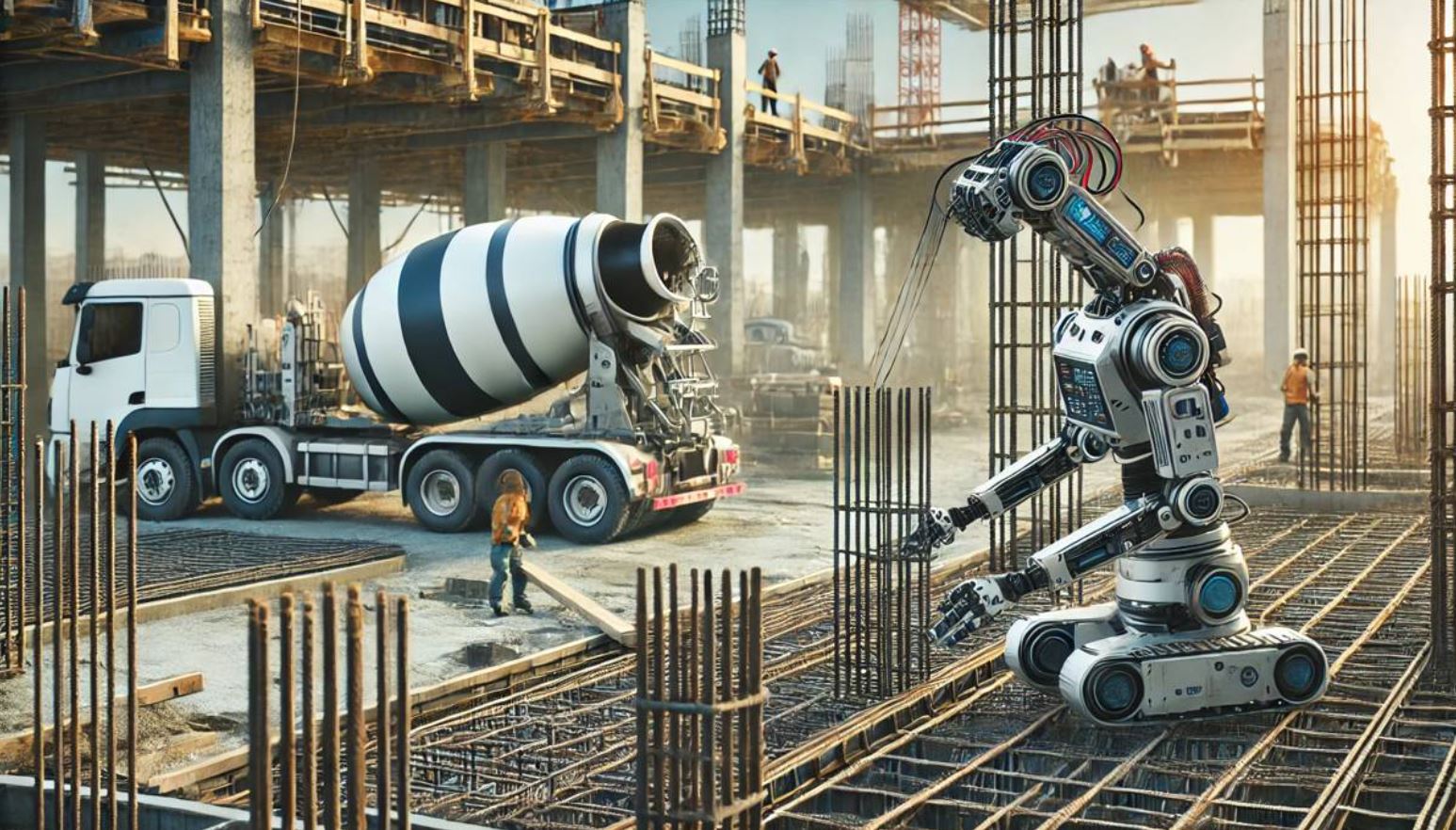 Construction sites today demand greater precision, especially when traditional methods like total stations, tape measures, and chalk lines often fall short. If you’ve ever struggled to match paper plans with on-site realities, you’ll understand why innovations in this field matter so much.
Construction sites today demand greater precision, especially when traditional methods like total stations, tape measures, and chalk lines often fall short. If you’ve ever struggled to match paper plans with on-site realities, you’ll understand why innovations in this field matter so much.
Dusty Robotics, a California-based startup, is on a mission to simplify and improve this process. Their new autonomous mobile robot, the FieldPrinter 2, effortlessly maps detailed 3D building designs onto 2D construction floors with impressive accuracy. This means teams no longer have to toggle between digital devices and paper blueprints during critical phases of a build.
Central to the FieldPrinter 2’s efficiency are the ION/CME N-series controller-drives from Performance Motion Devices. These drives manage the robot’s front-wheel motors with precision while relying on a range of sensors to provide the exact positioning data needed—even in blind spots where traditional laser trackers might falter.
Ryan Dimick, a controls engineer at Dusty Robotics, underscores that keeping the robot in continuous motion is crucial. This steady pace allows it to seamlessly transition from navigating the site to marking out building details, a critical capability for modern construction projects.
The compact yet powerful N-Series drives, with their high computing density, have been a game‑plan in addressing the spatial challenges faced by earlier models. Their flexibility in customising operations and swiftly resolving errors makes them a vital component in the FieldPrinter 2’s design.
The partnership between Dusty Robotics and Performance Motion Devices is more than just a collaboration—it’s a strategic move to deliver quick data retrieval and millisecond‑precision control, ensuring the robot is always responsive to the evolving on‑site conditions.
Engineered to withstand harsh environments from extreme temperatures to unpredictable obstacles, the FieldPrinter 2 is built for the real-life challenges of construction sites. Looking ahead, future iterations may offer further integration improvements, preserving the value of existing investments while driving operational efficiency.








